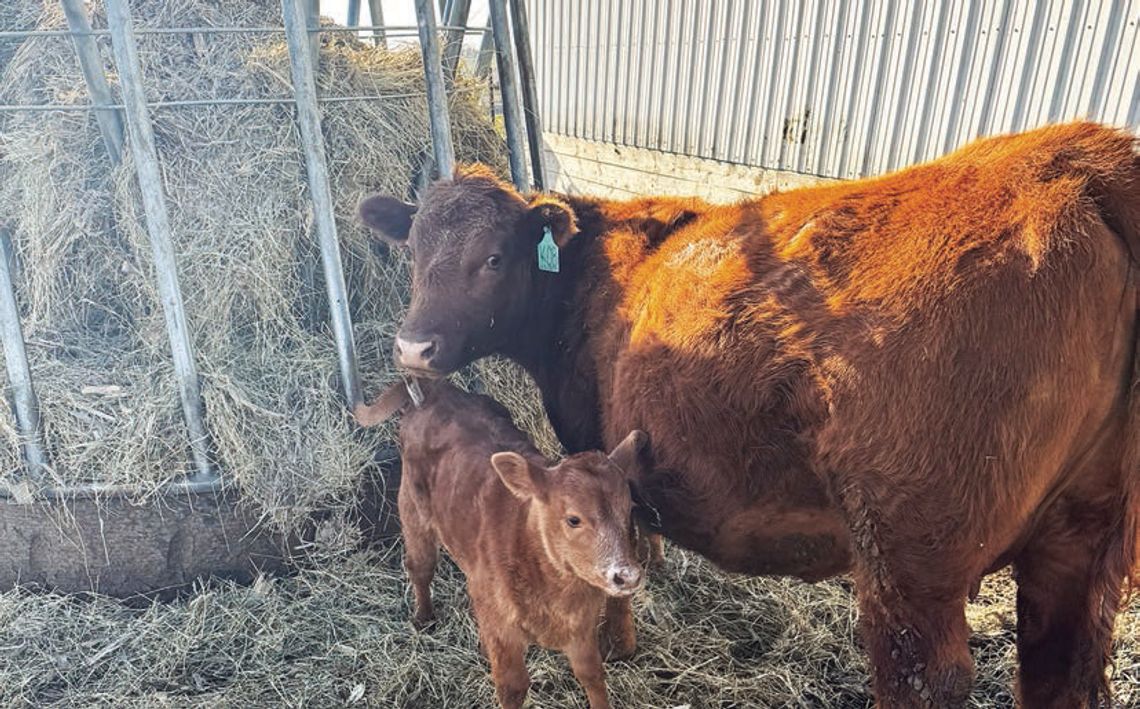Not all hay feeders are created equal
While many are enjoying the upturn in the cattle cycle, there is no better time to practice diligence and frugality to keep revenues in the business. As you are aware, feed costs constitute up to 70 percent of an operation’s yearly operating costs.The bulk of the feed costs are tied into the base feedstuffs: pasture and stored forages. Stored forages are often more costly than grazed forages, but for many, they are necessary to fill in the nutrient “gaps” when pasture or residues are unavailable.
Depending on access to grazed forages, many producers in a dry lot scenario opt to feed hay in ring feeders.While bunk feeding is the “gold standard” for waste minimization, there is significant capital associated with purchasing a feed wagon and bunks.Therefore, ring feeders present a convenient alternative. In a study comparing various designs of hay feeders, the classic ring feeder, constructed with steel or polyethylene, had the greatest waste, approximately 20 percent. Ring feeders with steel sheeting around the bottom are typically more expensive but result in less wasted feed, at around 13 percent. Over the course of a season of hay feeding, cost savings upfront on cheaper bale rings are likely recouped quickly through less wasted feed in the more expensive options.The most expensive options available are cone and basket hay feeders, with waste reported as low as 2-5 percent. Depending on the length of time spent feeding hay in a dry lot, opting for a more expensive feeder may be a better option in the long run to mitigate waste.


